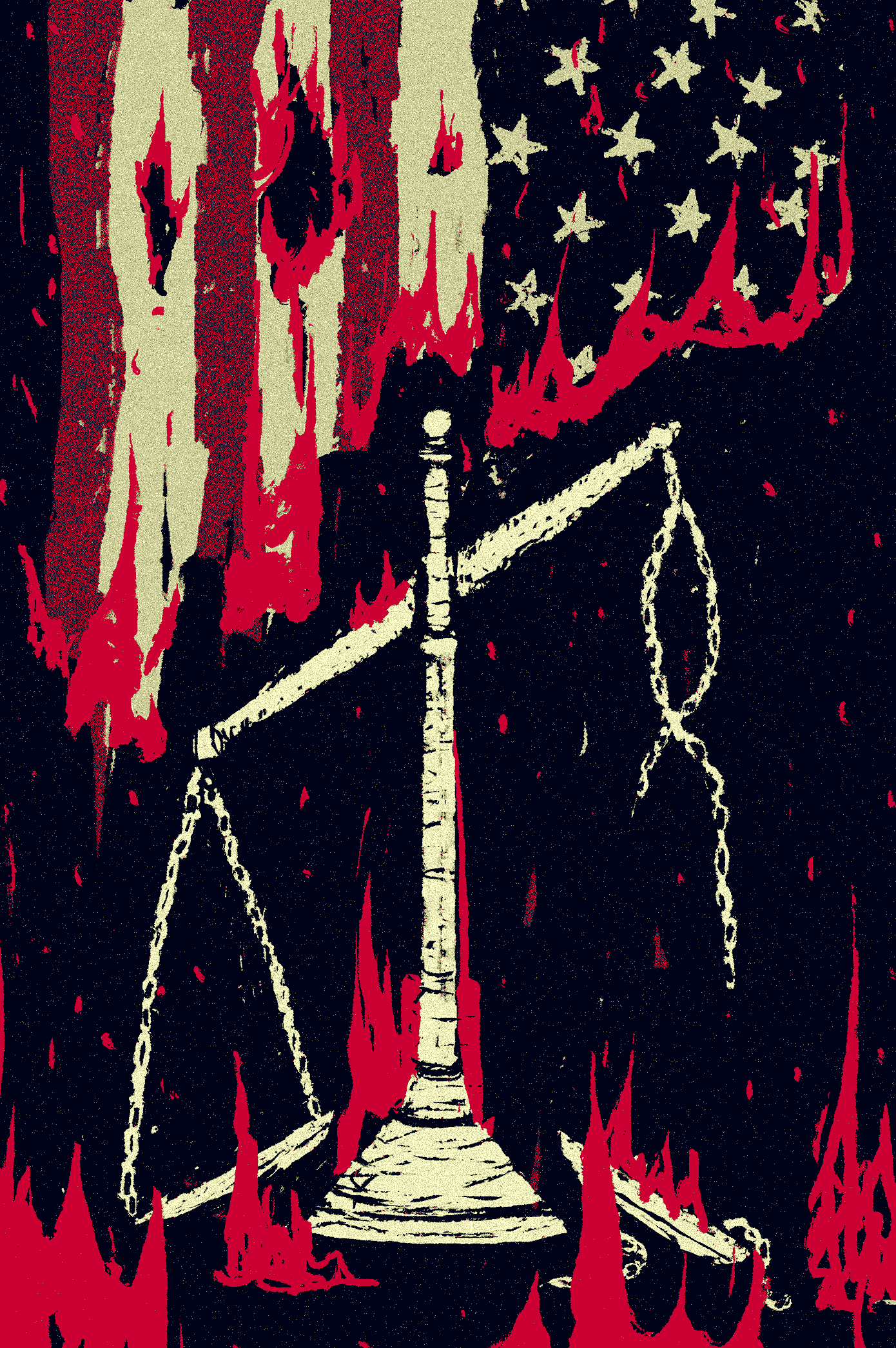Broken Heart Syndrome, also known as Takotsubo Syndrome (TS), is sudden and transient dysfunction of the left and/or right ventricle which often mimics Acute Coronary Syndrome (ACS). As a bridge to mechanical support with a left ventricular assist device or to recovery, vasopressor drugs (i.e., phenylephrine, norepinephrine, or vasopressin
Broken heart syndrome, otherwise known as Takotsubo cardiomyopathy or Takotsubo cardiomyopathy, or heartbreak syndrome may seem like an invention out of a Grimm's fairytale, but the very real condition affects as many as two per cent of people who visit the emergency room experiencing symptoms of a traditional heart attack, primarily females.
Chronic granulomatous disease (CGD), also known as Bridges-Good syndrome, chronic granulomatous disorder, and Quie syndrome, [1] is a diverse group of hereditary diseases in which certain cells of the immune system have difficulty forming the reactive oxygen compounds (most importantly the superoxide radical due to defective phagocyte NADPH oxidase) used to kill certain ingested pathogens. [2]
Results showed that of nearly 13,000 hospitalisations, the rate of readmissions of patients with takotsubo syndrome was 743 per 1000 person-years for patients with takotsubo syndrome, 365 per 1000 person-years for general Scottish population patients and 750 per 1000 person-years for patients with myocardial infarction.
These findings support the "Broken Bridge Syndrome" hypothesis, positing that structural disconnections between the brainstem and cerebellum contribute to PCS symptomatology.
Broken heart syndrome, otherwise known as Takotsubo cardiomyopathy or Takotsubo cardiomyopathy, or heartbreak syndrome may seem like an invention out of a Grimm's fairytale, but the very real condition affects as many as two per cent of people who visit the emergency room experiencing symptoms of a traditional heart attack, primarily females. Chronic granulomatous disease (CGD), also known as Bridges-Good syndrome, chronic granulomatous disorder, and Quie syndrome, [1] is a diverse group of hereditary diseases in which certain cells of the immune system have difficulty forming the reactive oxygen compounds (most importantly the superoxide radical due to defective phagocyte NADPH oxidase) used to kill certain ingested pathogens. [2] Results showed that of nearly 13,000 hospitalisations, the rate of readmissions of patients with takotsubo syndrome was 743 per 1000 person-years for patients with takotsubo syndrome, 365 per 1000 person-years for general Scottish population patients and 750 per 1000 person-years for patients with myocardial infarction. These findings support the "Broken Bridge Syndrome" hypothesis, positing that structural disconnections between the brainstem and cerebellum contribute to PCS symptomatology.
Because broken heart syndrome has symptoms like those of a heart attack, you may think you're having one. Both conditions cause shortness of breath and chest pain. But with broken heart syndrome, you don't have blocked coronary arteries and typically don't have permanent heart damage. And you usually make a fast and full recovery.
The arteries that supply blood to the heart lie on the surface of the organ. But in some people, one of these arteries dives into the heart muscle and comes back out again, forming what's called a myocardial bridge. The bridge refers to the band of heart muscle (myocardium) that extends over that portion of the artery.
BOSTON - A new study uncovers potential mechanisms that may contribute to "broken heart syndrome," or Takotsubo syndrome (TTS), a temporary heart condition that is brought on by stressful situations and emotions.The research, which was led by investigators at Massachusetts General Hospital (MGH), indicates that a heart-brain connection likely plays a major role.
These findings support the "Broken Bridge Syndrome" hypothesis, positing that structural disconnections between the brainstem and cerebellum contribute to PCS symptomatology. Furthermore, we propose that chronic activation of the Extended Autonomic System (EAS), encompassing the hypothalamic-pituitary-adrenal (HPA) axis and autonomic nervous system, may perpetuate these symptoms (Goldstein
Brainstem Reduction and Deformation in the 4th Ventricle Cerebellar
Because broken heart syndrome has symptoms like those of a heart attack, you may think you're having one. Both conditions cause shortness of breath and chest pain. But with broken heart syndrome, you don't have blocked coronary arteries and typically don't have permanent heart damage. And you usually make a fast and full recovery. The arteries that supply blood to the heart lie on the surface of the organ.
But in some people, one of these arteries dives into the heart muscle and comes back out again, forming what's called a myocardial bridge. The bridge refers to the band of heart muscle (myocardium) that extends over that portion of the artery. BOSTON - A new study uncovers potential mechanisms that may contribute to "broken heart syndrome," or Takotsubo syndrome (TTS), a temporary heart condition that is brought on by stressful situations and emotions.The research, which was led by investigators at Massachusetts General Hospital (MGH), indicates that a heart-brain connection likely plays a major role. These findings support the "Broken Bridge Syndrome" hypothesis, positing that structural disconnections between the brainstem and cerebellum contribute to PCS symptomatology. Furthermore, we propose that chronic activation of the Extended Autonomic System (EAS), encompassing the hypothalamic-pituitary-adrenal (HPA) axis and autonomic nervous system, may perpetuate these symptoms (Goldstein
Neuroinflammation, Broken Bridge Syndrome, Extended Autonomic System (EAS) Introduction Post-COVID Syndrome (PCS), also known as Long COVID, represents a significant and growing public health concern following the acute phase of SARS-CoV-2 infection (Dani et al., 2021; Islam et al., 2020).
Das „Broken Bridge Syndrome" beschreibt eine neu entdeckte Entkopplung zwischen Hirnstamm und Kleinhirn, die beim Post-COVID-Syndrom sowie bei ME/CFS eine zentrale Rolle spielt. Der Vortrag fasst aktuelle Forschungsergebnisse von Dr. Christof Ziaja zusammen, erklärt neurobiologische Mechanismen und zeigt neue Ansätze für Diagnostik und Therapie.
Taylor clutched her chest as she looked at the adoring couple. This seems to suggest that she could be dying from broken heart syndrome, which is a real diagnosis, per Mayo Clinic. Symptoms include chest pain and shortness of breath. Ridge broke Taylor's heart so badly that her health is failing.
These findings support the "Broken Bridge Syndrome" hypothesis, positing that structural disconnections between the brainstem and cerebellum contribute to PCS symptomatology. Furthermore, we propose that chronic activation of the Extended Autonomic System (EAS), encompassing the hypothalamic-pituitary-adrenal (HPA) axis and autonomic nervous system, may perpetuate these symptoms (Goldstein
2025 - American ME and CFS Society - ammes.org
Neuroinflammation, Broken Bridge Syndrome, Extended Autonomic System (EAS) Introduction Post-COVID Syndrome (PCS), also known as Long COVID, represents a significant and growing public health concern following the acute phase of SARS-CoV-2 infection (Dani et al., 2021; Islam et al., 2020). Das „Broken Bridge Syndrome" beschreibt eine neu entdeckte Entkopplung zwischen Hirnstamm und Kleinhirn, die beim Post-COVID-Syndrom sowie bei ME/CFS eine zentrale Rolle spielt. Der Vortrag fasst aktuelle Forschungsergebnisse von Dr. Christof Ziaja zusammen, erklärt neurobiologische Mechanismen und zeigt neue Ansätze für Diagnostik und Therapie. Taylor clutched her chest as she looked at the adoring couple.
This seems to suggest that she could be dying from broken heart syndrome, which is a real diagnosis, per Mayo Clinic. Symptoms include chest pain and shortness of breath. Ridge broke Taylor's heart so badly that her health is failing. These findings support the "Broken Bridge Syndrome" hypothesis, positing that structural disconnections between the brainstem and cerebellum contribute to PCS symptomatology. Furthermore, we propose that chronic activation of the Extended Autonomic System (EAS), encompassing the hypothalamic-pituitary-adrenal (HPA) axis and autonomic nervous system, may perpetuate these symptoms (Goldstein
Most myocardial bridge complications are rare, but can include: Myocardial ischemia (not enough oxygen reaching your heart muscle). Coronary vasospasm. Atherosclerosis (plaque buildup) near the myocardial bridge. Acute coronary syndrome (coronary artery disease). Ventricular arrhythmias (abnormal heart rhythms). Broken heart syndrome. Heart attack.
My issue is that the void in between those two spots is a huge void that feels like a broken bridge. I have found that I have ways to 'bridge the gap' so to speak. Dishes: I had to identify what didn't work for me and the challenges that I was struggling with to someone that I trusted to let me talk about my can't, don't, anxiety, and panic before I was able to define what I wanted
If your doctor thinks a low nasal bridge could be a symptom of a syndrome or condition, they may order tests including: X-rays to view the underlying facial bone structure Blood tests to measure
Broken Bridge Syndrome : une avancée majeure pour comprendre le Covid long et l'EM/SFC ? Une nouvelle étude allemande, menée par le Dr. Christof Ziaja à Une nouvelle étude allemande, menée par le Dr. Christof Ziaja à Hambourg, propose un modèle inédit : le
Broken Bridge Syndrome : une... - Clem - Flagada Combative - Facebook
Most myocardial bridge complications are rare, but can include: Myocardial ischemia (not enough oxygen reaching your heart muscle). Coronary vasospasm. Atherosclerosis (plaque buildup) near the myocardial bridge. Acute coronary syndrome (coronary artery disease). Ventricular arrhythmias (abnormal heart rhythms).
Broken heart syndrome. Heart attack. My issue is that the void in between those two spots is a huge void that feels like a broken bridge. I have found that I have ways to 'bridge the gap' so to speak. Dishes: I had to identify what didn't work for me and the challenges that I was struggling with to someone that I trusted to let me talk about my can't, don't, anxiety, and panic before I was able to define what I wanted If your doctor thinks a low nasal bridge could be a symptom of a syndrome or condition, they may order tests including: X-rays to view the underlying facial bone structure Blood tests to measure Broken Bridge Syndrome : une avancée majeure pour comprendre le Covid long et l'EM/SFC ?
Une nouvelle étude allemande, menée par le Dr. Christof Ziaja à Une nouvelle étude allemande, menée par le Dr. Christof Ziaja à Hambourg, propose un modèle inédit : le
Broken heart syndrome, also known as stress-induced cardiomyopathy and takotsubo cardiomyopathy, mimics a heart attack but is usually temporary and treatable. It causes similar symptoms as a heart
Explore Broken Heart Syndrome (Stress Cardiomyopathy), a temporary heart condition triggered by intense emotions or physical stress. Learn about causes, symptoms, latest clinical research, diagnostic methods, and treatment options. Discover how broken heart syndrome affects health beyond the heart and get insights into managing long-term recovery.
Altering a protein linked to Rett syndrome so that it cannot bind to a particular type of DNA tag results in traits reminiscent of the syndrome, according to a new study in mice. The findings could help explain the syndrome's delayed onset in people: Because the tag does not arise until after birth, the inability to link to it becomes a problem only after 6 months of age.
A myocardial bridge (MB) is a common congenital heart anomaly in which one of the coronary arteries tunnels through the heart muscle itself In most people, the coronary arteries rest on top of the heart muscle and feed blood down into smaller vessels (e.g. the septal arteries) which then carry blood to the heart muscle itself (i.e. populate throughout the myocardium).
Myocardial bridge - Wikipedia
Broken heart syndrome, also known as stress-induced cardiomyopathy and takotsubo cardiomyopathy, mimics a heart attack but is usually temporary and treatable. It causes similar symptoms as a heart Explore Broken Heart Syndrome (Stress Cardiomyopathy), a temporary heart condition triggered by intense emotions or physical stress. Learn about causes, symptoms, latest clinical research, diagnostic methods, and treatment options. Discover how broken heart syndrome affects health beyond the heart and get insights into managing long-term recovery. Altering a protein linked to Rett syndrome so that it cannot bind to a particular type of DNA tag results in traits reminiscent of the syndrome, according to a new study in mice.
The findings could help explain the syndrome's delayed onset in people: Because the tag does not arise until after birth, the inability to link to it becomes a problem only after 6 months of age. A myocardial bridge (MB) is a common congenital heart anomaly in which one of the coronary arteries tunnels through the heart muscle itself In most people, the coronary arteries rest on top of the heart muscle and feed blood down into smaller vessels (e.g. the septal arteries) which then carry blood to the heart muscle itself (i.e. populate throughout the myocardium).
Broken wrist syndrome sleeping autism: The persistence of unusual wrist positions during sleep may potentially affect sleep quality or comfort. However, it's important to note that many individuals with autism who display these sleep positions do not report discomfort or sleep disturbances as a result. Strategies for improving sleep
Myocardial bridging means that a part of a coronary (heart) artery passes through the heart muscle. The coronary arteries are blood vessels that bring oxygen-rich blood to the heart muscle. Normally, they lie on the surface of the heart. Myocardial bridging does not cause problems for most people. But for some people
Takotsubo syndrome causes your heart's main pumping chamber (the left ventricle) to change shape and get larger. The heart muscle becomes weaker and its pumping action loses strength. You might hear takotsubo syndrome also being called: broken heart syndrome; takotsubo cardiomyopathy; acute stress-induced cardiomyopathy; apical ballooning
The symptoms of broken heart syndrome mimic those of a heart attack, which occurs when blood flow to the heart is partially or completely blocked. A heart attack is a very serious heart event and
What Is Broken Heart Syndrome? Symptoms, Causes, Diagnosis, Treatment
Broken wrist syndrome sleeping autism: The persistence of unusual wrist positions during sleep may potentially affect sleep quality or comfort. However, it's important to note that many individuals with autism who display these sleep positions do not report discomfort or sleep disturbances as a result. Strategies for improving sleep Myocardial bridging means that a part of a coronary (heart) artery passes through the heart muscle. The coronary arteries are blood vessels that bring oxygen-rich blood to the heart muscle. Normally, they lie on the surface of the heart.
Myocardial bridging does not cause problems for most people. But for some people Takotsubo syndrome causes your heart's main pumping chamber (the left ventricle) to change shape and get larger. The heart muscle becomes weaker and its pumping action loses strength. You might hear takotsubo syndrome also being called: broken heart syndrome; takotsubo cardiomyopathy; acute stress-induced cardiomyopathy; apical ballooning The symptoms of broken heart syndrome mimic those of a heart attack, which occurs when blood flow to the heart is partially or completely blocked. A heart attack is a very serious heart event and




